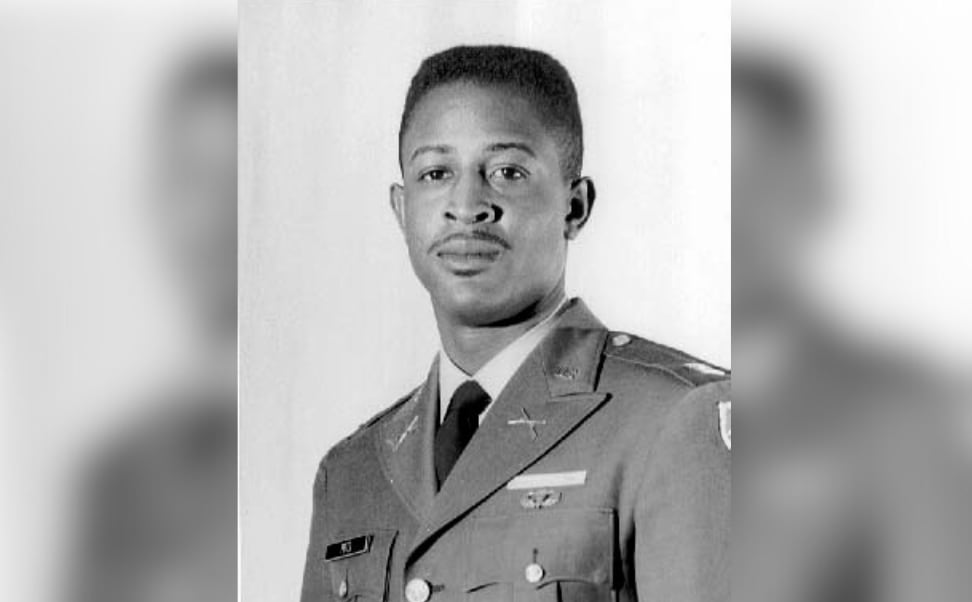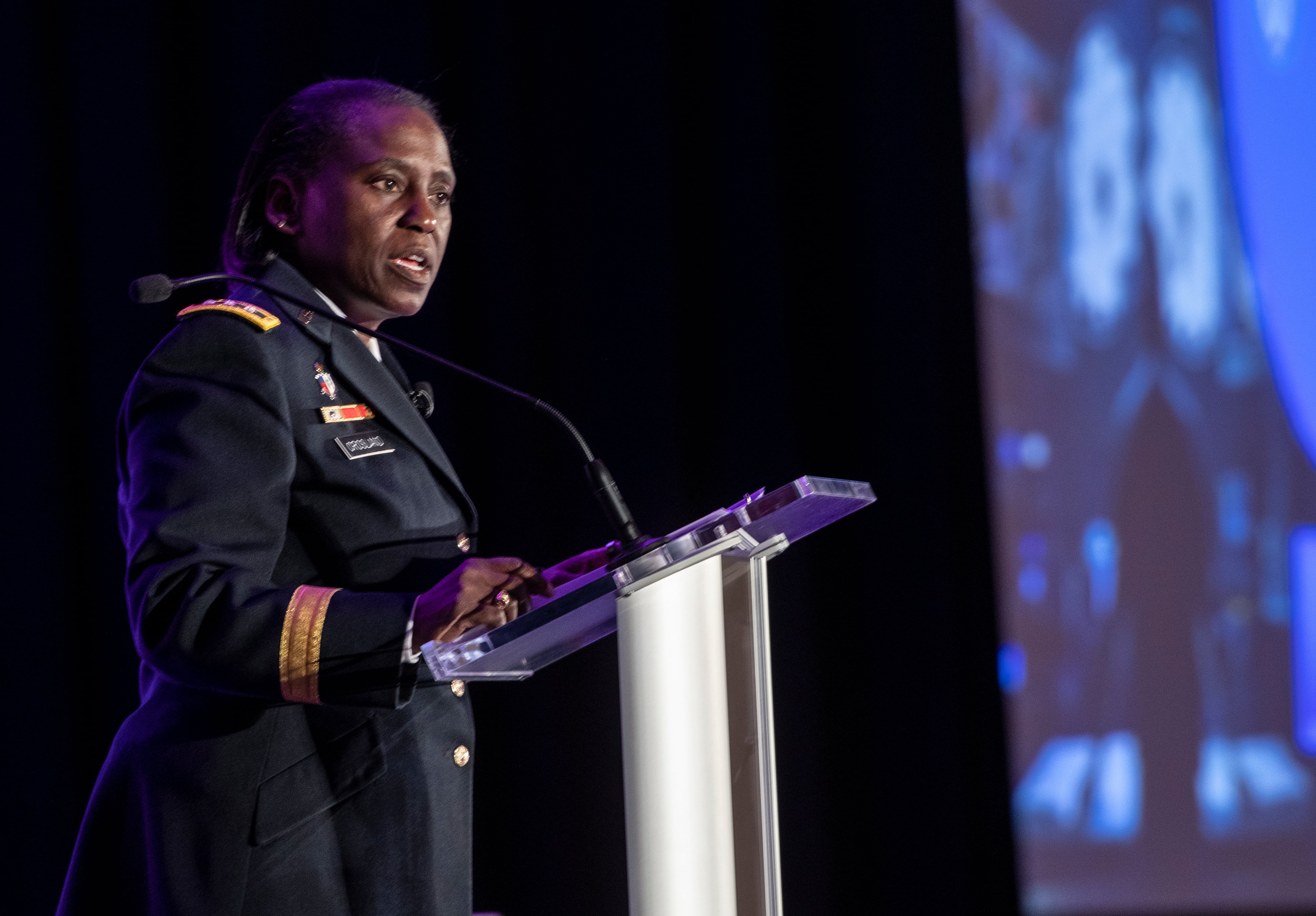source GAIA package: Sx_MilitaryTimes_M6201310304220014_5675.zip Origin key: Sx_MilitaryTimes_M6201310304220014 imported at Fri Jan 8 18:18:09 2016
The term "warrior athlete" has profound meaning in the Marine Corps, but few have taken the concept to the extremely extreme, as Brian Stann has.
Stann, of course, ranks among the most high-profile heroes of the Iraq war era. A former captain, he was a standout linebacker at the Naval Academy who went on to earn a Silver Star for leading his men through a grisly days-long ambush in 2005. He then parlayed his aptitude for mixed martial arts into a successful career in the Ultimate Fighting Championship, the major leagues of MMA.
Now 32, Stann is in peak physical form, as evidenced by his statuesque and fearsome six-pack pose. The All-American, as he's known among his UFC fans, got that thanks to rigorous conditioning. But as the years have worn on, and his body has worn down, Stann has learned that to keep his edge he needs to work out smarter than he once did.
Marine Corps Times caught up with the All-American on April 15 here at Henderson Hall, home to one of the Corps' newest High Intensity Tactical Training facilities. Featuring hundreds of exercises designed to prepare Marines for the rigors of combat, HITT was built on the premise that warriors truly are just like athletes whose mission success depends as much on their physicality as their ability to stave off injury.
Some Marines have been slow to embrace the new program, which may not match the traditional balance of running and weightlifting to which they're accustomed. But in short, Stann loves HITT — and the Corps didn't pay him to say that.
The grinding runs and heavy weightlifting he did during pre-deployment workups as a Marine left him with permanent damage to his body, he said. By getting behind the program, he hopes others will embrace the notion of working out more intelligently, and avoid the wear and tear he's experienced.
Q. What do you think the HITT program will help Marines do better when they're in combat?
A. There's a difference between endurance and combat endurance. I could run three miles at a really good rate and get a strong score on my Physical Fitness Test. But when you're in combat, it's different. You're going to sprint for however long that firefight takes and your heart rate is going to get up to 180. Then all of a sudden, you're going to take cover for a second, and you've got to recover that heart rate down to the 130s. You can't think properly when your heart rate is so high.
With HITT, your heart rate goes up doing one exercise, and then you recover while doing something else. So I'm training my heart to recover faster.
Q. What are some of the long-term injuries you sustained as a Marine?
A. I have separated my [acromioclavicular] joints in my shoulders twice each. I've done damage to my rotator cuffs and my labrums that will take surgery to repair. And my hips and my knees have taken a lot of damage.
A lot of that was from the really heavy weightlifting I used to do in the Marine Corps. I would train hard every day, Monday through Friday. And I would do it for the entire seven months that we worked up to our deployments to Iraq.
The problem is with seven months straight of that, my body never recovered and my joints couldn't keep up with that kind of damage.
Q. If you had access to HITT when you were in the Corps, what do you think would've changed?
A. HITT has you working out in phases, depending on how many months you are out from deployment. It ensures that you peak right before you deploy.
For me, I'd get to the top phase within about a month of working out. Then I'd have six more months of pre-deployment workouts at that level. And the body doesn't recover from that, so you start to deteriorate over time.
I made the same mistake in my fighting career. I remember the first fight I ever had that went the full round and at the end, when I had knocked him out with five seconds left, I couldn't stand up. Literally my heart was pumping out of my chest, every muscle I had was full of lactic acid, and it's because all I did was hard running and really heavy weightlifting.
Q. What are the benefits to institutionalizing this type of a program?
A. I think training these guys like professional athletes and limiting all the injuries — from the heavy weights and the grinding six- or seven-mile runs — is going to save the Marine Corps a ton of money.
But more importantly, it's going to make us much better prepared for these combat deployments. Because when you're at your physical best, it also helps you to be at your mental best.
I think it'll help a lot with recruiting, too. Every kid dreams about being a professional athlete growing up, and then you join the Marine Corps because you want to be a professional warrior. It feels good to know you're being trained as a professional warrior and that there's a purpose behind what you're doing. You're not just going to the gym, riding the elliptical, doing some curls and then maybe hitting the treadmill for an hour. When you walk out of a workout like this, you feel good about it.
Q. How does incorporating this into unit PT boost morale?
A. Most of these wars are fought at the squad level now. And when you're going through workouts and going through adversity, that's where the strongest bonds are formed. That's where this is really cool because you can get into a HITT center, get a great workout in and you can get closer as a unit.
Q. What other benefits will Marines see as they move toward HITT and away from traditional PT?
A. We don't have a lot of time to spend on PT with all the other things we have to take care of. So you can get in here and out of here in 30 minutes and be smoked. It's the only workout you need all day. You get endurance, strength, flexibility, range of motion and athletic ability.
We used to PT for two hours. We'd do these long runs and guys were getting hurt. And not only did that cost us in manpower, it costs us money as an organization. Especially now with all the budget cuts, we don't have the money to have these warriors on the sidelines. We've got to be safer, and we've got to be smarter.
Q. The Marine Corps is rolling out a sister program to HITT called Aquatic Maximum Power Intensity Training, or AMP-IT. It involves deep-water running and resistance training. Do you train in the water?
A. I've done tons of stuff in the water. You get natural resistance from the water without the impact. I think it could be fantastic. It provides just enough resistance to challenge you but allows your body to recover from what you're putting it through in HITT.
Q. What's your advice for Marines who may be intimidated by all the HITT equipment?
A. It's different, but it's more fun. Let's face it, running is boring. When you run for three miles, every step is worse than the last. Or you go to the gym and you say, "OK, I'm going to do a set then I'm going to look in the mirror." HITT is ever-changing. You're moving constantly.
And they're more complex movements. If you think of static bench presses, when in combat do you do that? In combat you have your weapon, you're getting out of your vehicle, you're sprinting for cover, you're getting down low, and that's what you're getting here.
Q. You talked about the benefits for combat, but what do you think HITT adds for Marines in garrison?
A. What we really fight when they come back from combat is post-traumatic stress and all the invisible wounds from war. It's proven that exercise and programs like this can help that. There are positive endorphins released in the brain when you are physically fit. So guys who come back to programs like this can dive into something that will keep them in shape and make them feel better about the condition they're in.





